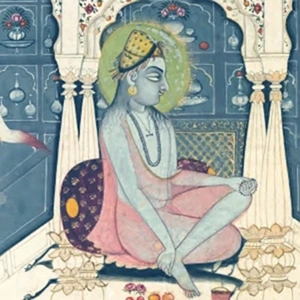A person who has read the first sentence in a new language feels like overcoming a mountain. A person scrolling through Instagram feels the ease of sliding. But we call both cases “reading” …
Attention looking for fun, flips through the lines in passing; or looking for ideas, arguments, attention that grows into sentences. So different … cursory and slow reading.
Slow reading requires time, knowledge, and the ability to concentrate for a long time. Especially if the object of reading is the primary sources of yoga. For these efforts, the reader, traveling through the space of ideas, finds the fruit—understanding. We know how nice it is to understand the feelings and thoughts of one person, but how exciting is it to understand the ideas and metaphors of another culture?
The subtle, precise, two-hundred-year-old language of Hatha-Pradipika Jyotsna is my travel destination this summer. The translation of only the first three shlokas has brought many fruits—from the hypothesis about where the idea of the steps of yoga came from, to the self-definition of philosophers:
A philosopher is one who is full of action, plays with the atman and enjoys the atman.
I will continue to publish the translation on the pages of the Yoga Library and invite you to travel with me in the knowledge of Sanskrit in the course “Sanskrit for beginners“.

